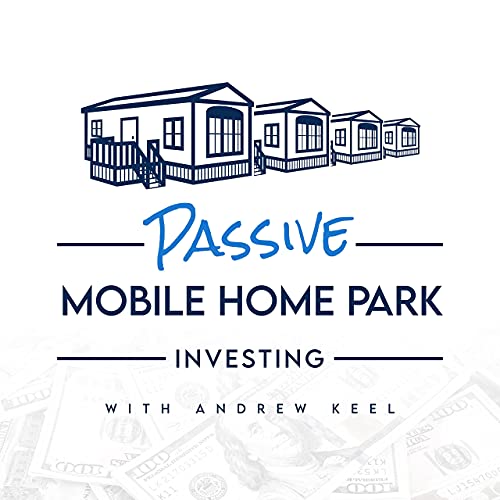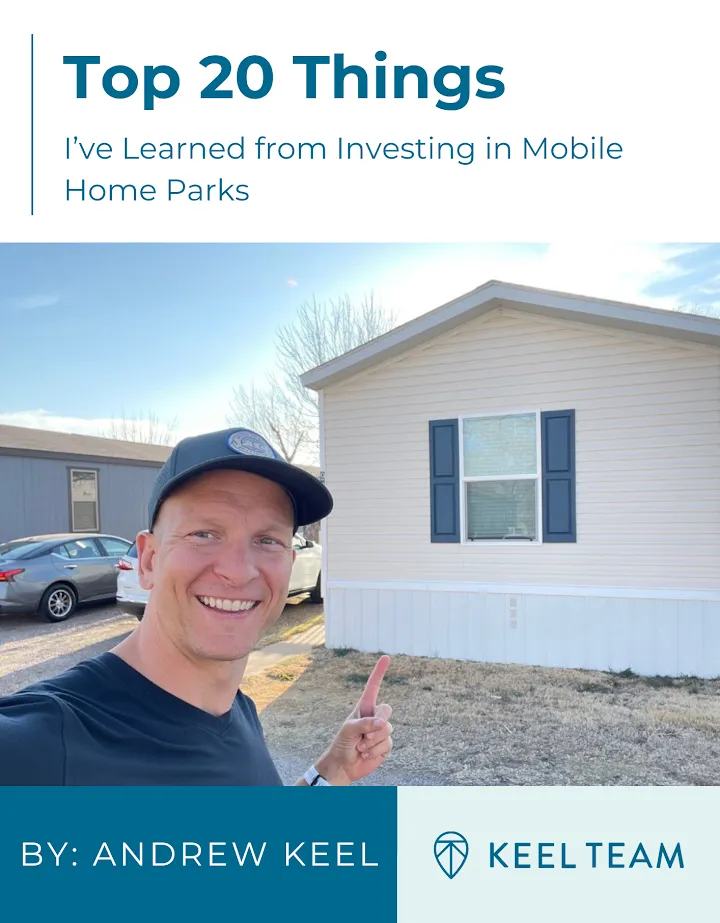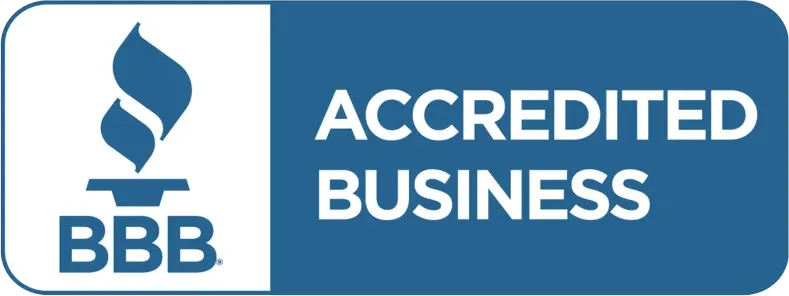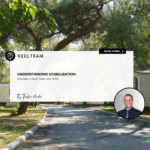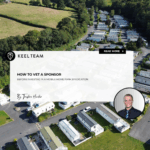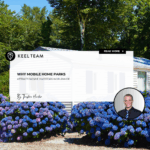How to Value a Mobile Home Park: Step-by-Step Guide for New Investors
-
 Tristan Hunter - Investor Relations
Tristan Hunter - Investor Relations
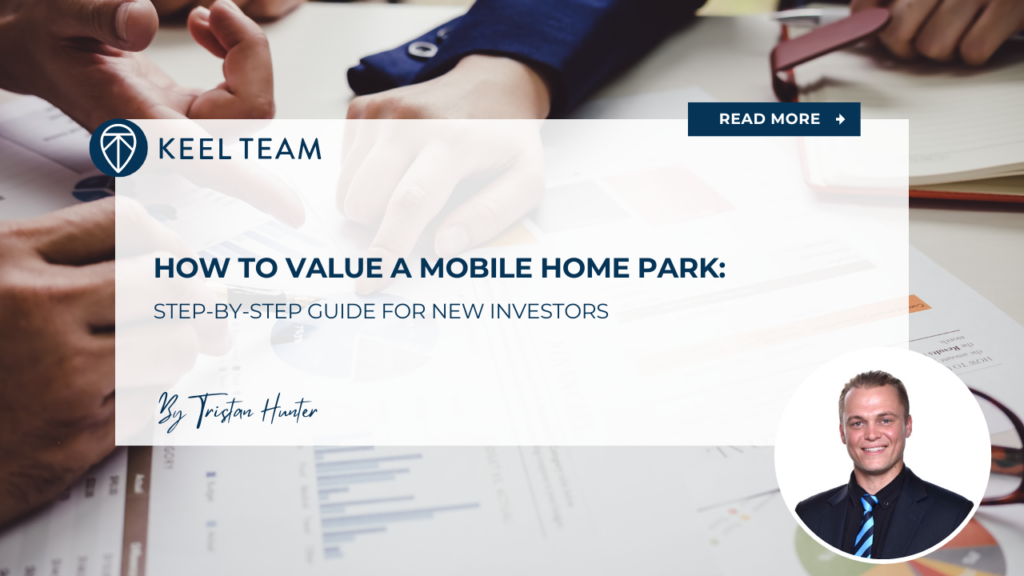
Valuing a mobile home park accurately is one of the most important skills for any new investor entering this space. Mobile home park investing offers strong potential for cash flow and long-term growth, and it helps to buy the right deal at the right price. The question is, how do you value a mobile home park? This step-by-step guide walks new investors through the key factors involved, using straightforward methods and real-world insights. While no method guarantees exact results, understanding how to break down value drivers can help you make more informed decisions.
Step 1: Understand the Cap Rate Formula
Most mobile home parks are valued using the income approach, which relies on a metric called the capitalization rate, or cap rate. The cap rate estimates your return based on the income the property produces.
Cap Rate Formula:
Value = Net Operating Income (NOI) / Cap Rate
To use this formula, you need to know two things:
- The mobile home park’s Net Operating Income (NOI)
- A market-appropriate cap rate
Let’s break those down in the following steps.
Download our FREE eBook on the Top 20 things to know BEFORE investing in mobile home parks!
Step 2: Calculate Net Operating Income (NOI)
The NOI is the annual income the mobile home park generates after all operating expenses are deducted, but before debt service and capital expenditures.
Start with Gross Income:
- Lot rent income
- Laundry or vending machine income
- Late fees or miscellaneous charges
Subtract Operating Expenses:
- Property management
- Repairs and maintenance
- Utilities (if paid by owner)
- Insurance
- Property taxes
- Legal/accounting fees
NOI Example:
- Gross Income: $300,000
- Operating Expenses: $120,000
- NOI = $180,000
Be sure to use actual numbers from the seller whenever possible, and verify them during your due diligence.
Step 3: Determine the Appropriate Cap Rate
Cap rates for mobile home parks fluctuate depending on market dynamics, location, risk factors, and the property’s condition. In the current market, investors often target stabilized, well-positioned parks at cap rates between 5% and 7%, reflecting lower risk and strong demand for quality assets. For value-add or turnaround opportunities, however, underwriting and exit cap rates typically range from 9% to 10% or higher, accounting for the increased risk and potential upside tied to operational improvements.
As a general guide:
- 5% to 7% cap rates = stabilized parks in desirable locations with consistent cash flow and minimal operational hurdles
- 8% to 10%+ cap rates = properties with challenges such as deferred maintenance, rural settings, or significant value-add potential
To pinpoint the ideal cap rate for your analysis, investigate comparable mobile home park sales in the target region, consult local brokers for market-specific insights, and weigh the property’s unique risks alongside its growth opportunities. Economic conditions, such as interest rates and investor sentiment, may also influence these ranges, so adjust accordingly based on the latest data.
Step 4: Apply the Cap Rate to the NOI
Once you have your NOI and chosen cap rate, you can plug them into the formula.
Example:
- NOI: $180,000
- Cap Rate: 8%
- Value = $180,000 / 0.08 = $2,250,000
This gives you a rough valuation based on income. Keep in mind this isn’t a final number—it’s just one tool to help you understand what the mobile home park might be worth under current performance.
Step 5: Adjust for Park-Owned Homes (POHs)
If the mobile home park includes park-owned homes, you need to value those separately. Why? Because park-owned homes are considered personal property, not real estate, and they depreciate like vehicles.
Common Approaches:
- Assign a wholesale or retail value per home based on age and condition
- Use $5,000 to $20,000 per home as a general ballpark (varies widely)
Example:
- 10 park-owned homes, valued at $10,000 each
- Total value of homes = $100,000
Adjusted total value = $2,250,000 (land + income) + $100,000 (homes) = $2,350,000
Always account for the fact that managing park-owned homes can come with extra maintenance, turnover, and compliance work.
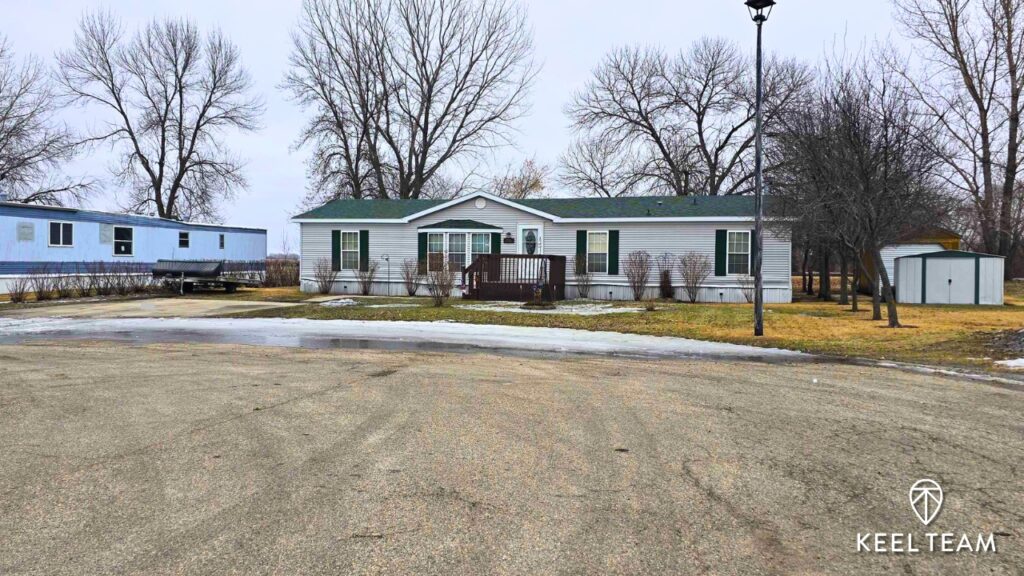
Step 6: Factor in Vacancy and Rent Upside
Some mobile home parks come with vacant lots or under-market rents. These can offer upside potential—but only if you’re confident you can fill the lots or raise rents without significant pushback.
If you see obvious room for rent increases or occupancy improvements, consider building two models:
- Current Value Based on Actual NOI
- Pro Forma Value Based on Stabilized NOI
Use the second model to project future potential, but never pay based on pro forma numbers alone.
Step 7: Double-Check With Cost and Sales Comparisons
Although the income approach is primary, it helps to cross-check your valuation with other methods:
- Replacement Cost: What would it cost to build this mobile home park today?
- Comparable Sales: What have similar mobile home parks sold for nearby?
These comparisons can confirm whether your income-based valuation is realistic or needs adjusting.
Step 8: Consider Risks and Non-Financial Factors
Numbers matter, but there are other important details that can impact value:
- Age and condition of infrastructure
- Quality of tenant base
- Accessibility and visibility
- Zoning and future land use restrictions
- Private utilities vs. public utilities
Higher-risk mobile home parks usually warrant a higher cap rate, which results in a lower valuation.
Final Thoughts
When you value a mobile home park, it isn’t just about running numbers right—it’s about understanding the story behind those numbers. Take the time to calculate NOI accurately, research the market cap rate, and assess both the income and the physical assets involved.
While no formula guarantees success, a solid valuation process gives you the foundation to make smarter, more confident investment decisions.
Are you looking for MORE information? Book a 1-on-1 consultation with Andrew Keel to discuss:
- A mobile home park deal review
- Due diligence questions
- How to raise capital from investors
- Mistakes to avoid, and more!
Disclaimer:
The information provided is for informational purposes only and is not investment advice or a guarantee of any kind. We do not guarantee profitability. Make investment decisions based on your research and consult registered financial and legal professionals. We are not registered financial or legal professionals and do not provide personalized investment recommendations.

Tristan Hunter - Investor Relations
View The Previous or Next Post
Subscribe Below 👇
